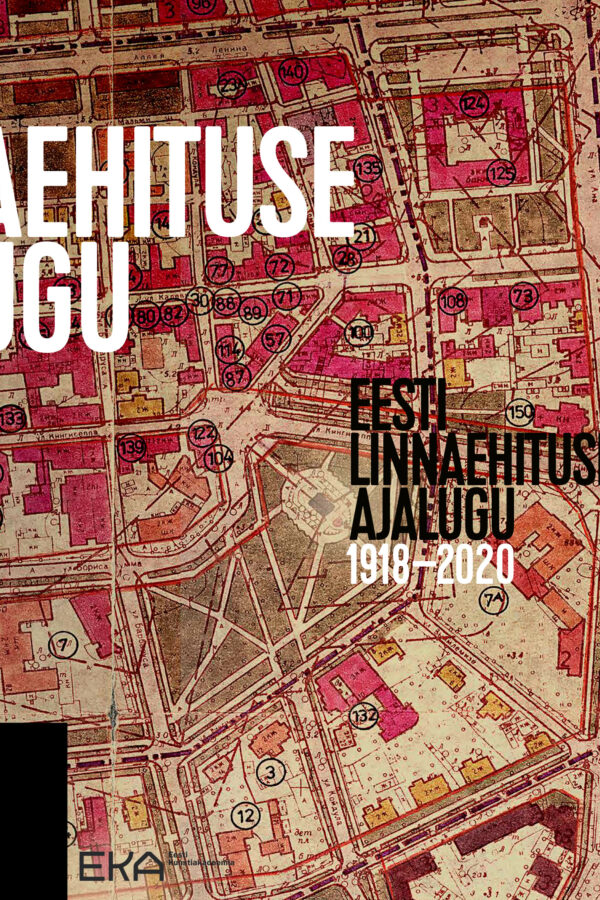
This substantial and richly illustrated book provides an overview of the last hundred years of Estonian urban planning. At that time, cities became the main residences of the population living here, and rapid urbanization made it necessary to start systematically to plan cities. During the politically volatile century, land ownership and land use, the organization and financing of urban construction were shaped several times, the principles of urban construction as well as the role of the architect-planner changed.
The authors of the book deal with these changes primarily in an architectural-historical, but also in a broader cultural framework, presenting the plans that were realized as well as those left on paper, the ideas that shaped them, and the social and economic factors. Housing construction, i.e. the need to provide decent housing for an ever-increasing population, and post-war reconstruction, which was supposed to make cities better than ever, stand out as the most important topics. The book helps to understand the reasons for urban planning changes that have shaped Estonian cities in the past century into what we know them as today.
Edited by Epp Lankots and Triin Ojari.
Authors: Mart Kalm, Karin Hallas-Murula, Lilian Hansar, Henry Kuningas, Epp Lankots, Madis Tuuder, Triin Ojari, Riin Alatalu, Kaja Pae, Toomas Tammis, Keiti Kljavin, Maroš Krivý, Kaija-Luisa Kurik.
Designed by Andres Tali.
516 pages, in Estonian
Estonian Academy of Arts, 2024
ISBN 978-9916-740-07-1
